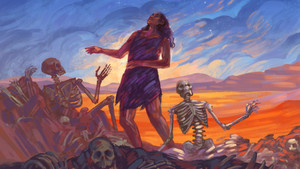
5:28

Reading the Bible wisely requires that we learn about the ancient literary styles used by the biblical authors. But why did these writers express their ideas and claims through a variety of different types of literature? What was the purpose, and how can we understand them better?

Episode 4

Episode 1

Episode 2

Episode 3

Episode 4

Episode 5

Episode 6

Episode 7

Episode 8

Episode 9

Episode 10

Episode 11

Episode 12

Episode 13

Episode 14

Episode 15

Episode 16

Episode 17

Episode 18

Episode 19